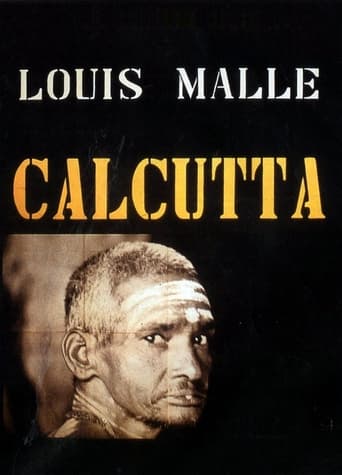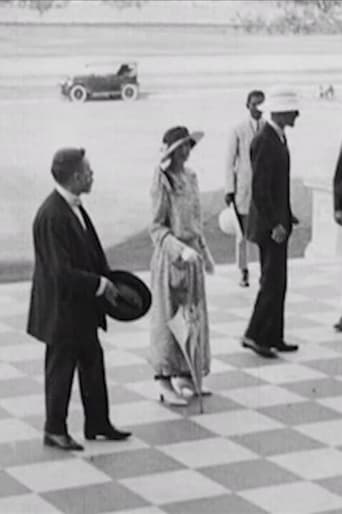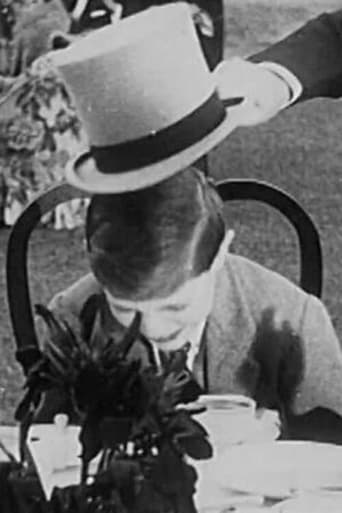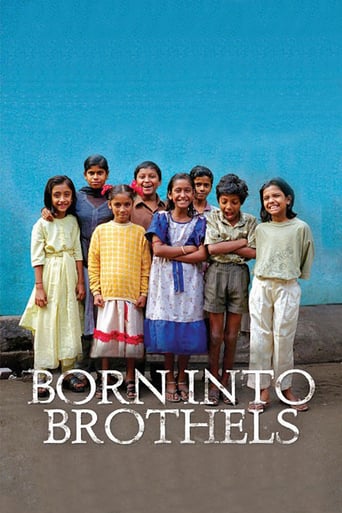Trending Searches:
Popular Movies:



 AD
AD


Her Excellency Lady Lytton At The Victoria Memorial

Annual Inspection of the Bodyguard by His Excellency Lord Lytton

Scenes at his Excellency the Viceroys's Garden Party at Belvedere

Born Into Brothels: Calcutta's Red Light Kids